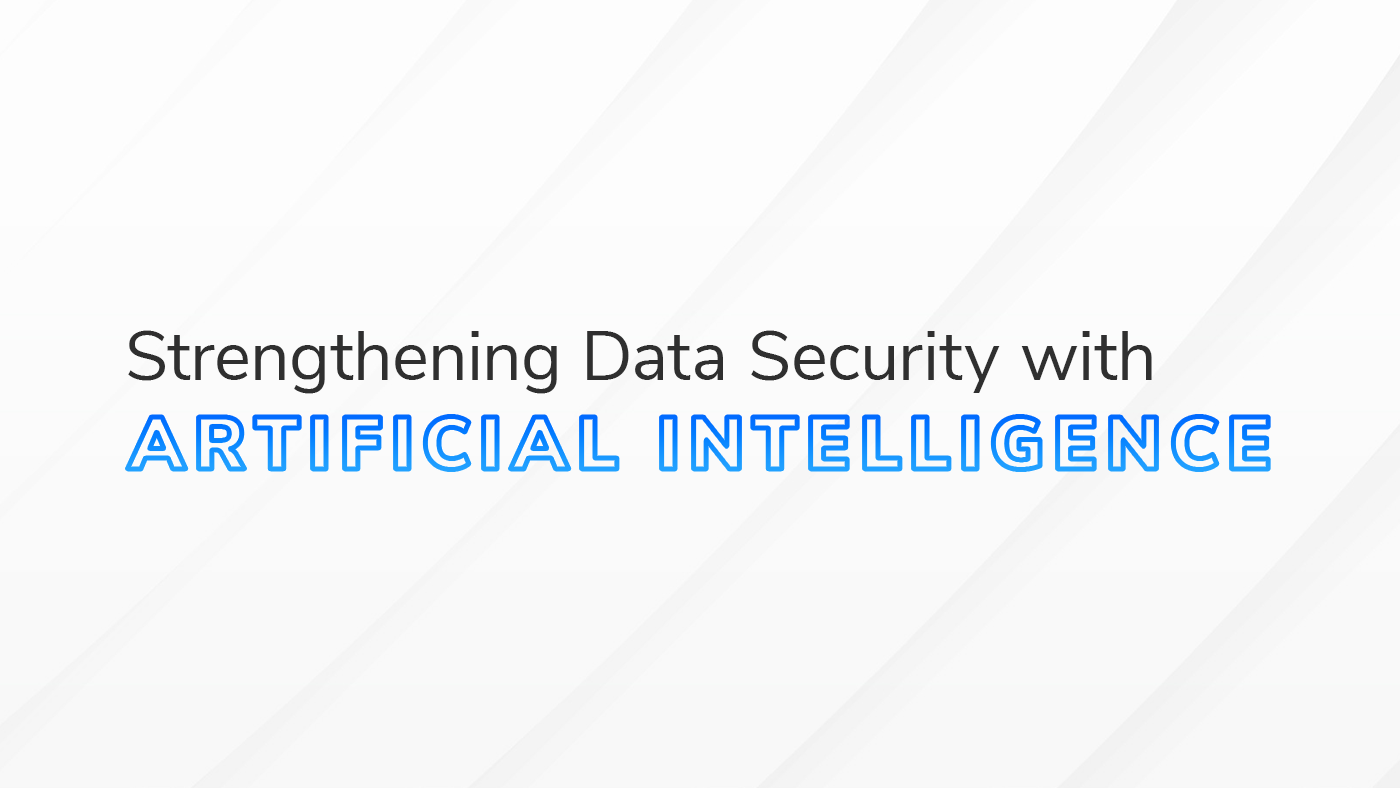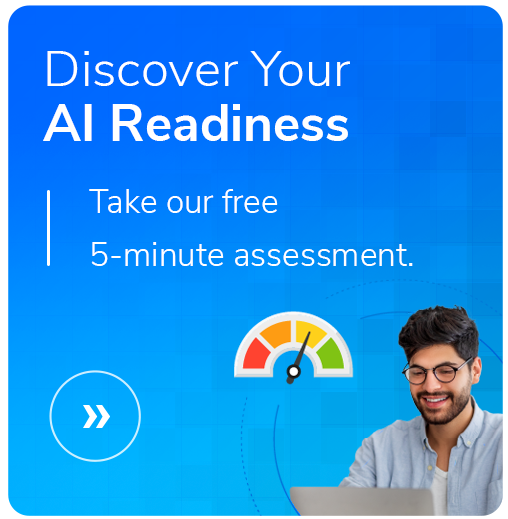AI Data Security: Simplify and Automate for Better Protection

Your data is the heartbeat of your organization. And in a world where cyber threats lurk behind every click, you need more than just a basic shield—you need an edge. Threats are popping up in more hidden ways—and faster than ever. You need someone—a lot of someones—or something that can find these hidden threats and expose them.
That’s where AI steps in. Not only can AI do things that other solutions can’t, but it also allows you to shift valuable time and resources to other areas.
We’ll break down how AI can work for you and better your cyber defense—and how you can also keep it from turning into just another run-of-the-mill security tool.
Master the Basics Before Adding AI
A solid Defense in Depth strategy is a powerful line of defense. This approach layers multiple security measures to protect your data from various angles, ensuring that others can still hold the breach at bay if one line of defense fails.
Now that AI has entered the fray, it’s easy to get dazzled by advanced capabilities and lose sight of these foundational practices. AI should enhance your security layers, not replace them.
Ensure your firewalls, encryption protocols, and access controls are strong before integrating AI. AI is at its best when it’s reinforcing an already strong defense, not patching over weaknesses.
Don’t Overlook Zero Trust Frameworks
Zero Trust is great for controlling access, but it often overlooks what happens to the data once access is granted. That’s where AI can step in—monitoring for unusual patterns and flagging potential threats that Zero Trust might miss, like suspicious access or data movement.
Please note: AI isn’t a replacement for Zero Trust, and you can’t rely on it to do all the heavy lifting. AI enhances your vigilance, not replaces it. You must still know where your data lives, who can access it, and why. Even the smartest AI is limited without a solid understanding of your data.
Ultimately, AI and Zero Trust are partners. AI boosts real-time threat detection, but your team’s involvement remains essential. Human vigilance, guided by AI insights, creates a powerful security combination.
AI as Data Bodyguard—But You’re Still the Boss
One of the best things about AI is that it doesn’t get tired—it continuously monitors your data 24/7, catching threats long before they escalate. From identifying the early signs of a breach to detecting abnormal patterns in data usage, AI’s real-time pattern recognition is better than anything we’ve seen before. It can pick up on subtle indicators of a phishing attack or unusual access to sensitive data that might otherwise slip through the cracks. This kind of real-time monitoring gives you the power to respond quickly and accurately, minimizing potential damage.
Please note: AI isn’t magic. It’s not a “set it and forget it” solution. It needs to be powered by well-organized, clean data. The more structured your data is, the better AI can do its job.
Sloppy data will result in sloppy AI performance. That’s why data hygiene—regular audits, clean-ups, and proper classification—remains critical. AI can help automate much of this but can’t work miracles without a solid foundation.
You also can’t secure what you don’t understand. While AI can automatically classify data and provide valuable insights, understanding the entire landscape of your data is still a human responsibility.
Knowing what data you have, where it’s stored, and how it’s classified is crucial. AI is powerful, but it needs context. Even the most advanced AI systems can fall short without the human element. Your team’s expertise in governance and security protocols is critical to interpreting AI’s findings and making informed decisions about how to protect your data.
Simply put, AI enhances your ability to protect data, but it doesn’t replace the need for human oversight. When your data is clean and well-managed, and your team is actively engaged, AI becomes a force multiplier—detecting threats, classifying data, and giving you the insights you need to avoid potential risks.
Complexity Kills: AI Helps Simplify
Complexity kills security. The more intricate your defenses, the harder they can be to maintain. Here’s where AI can help: by simplifying. Use it to cut through the noise, streamline your processes, and focus on what counts.
But remember—less is more. AI should help you zero in on strong governance, tight access controls, and ongoing monitoring. Simplify your approach, and you’ll amplify your results.
Takeaways
- Start Strong: Nail the basics before layering in AI. Defense in Depth is your foundation.
- Smart AI Use: AI can reveal threats a human can’t—but only if built on clean, organized data.
- Balance with Zero Trust: AI and Zero Trust work hand-in-hand. Use AI to enhance visibility, but don’t skip over the basics of data control.
- Streamline Your Security: Use AI strategically. Simplify where it counts—focus on governance, continuous monitoring, and reducing complexity.
AI offers revolutionizing potential for data security, but it’s not a silver bullet. Focus on the basics, layer in AI where it makes sense, and stay sharp about managing risks.An AI risk management framework and strong AI governance are your best friends. Get those right, and AI won’t just be an asset—it’ll be your data’s best defense against tomorrow’s threats.
Want to learn more about AI security tools and how they can work for you? Contact us today.







